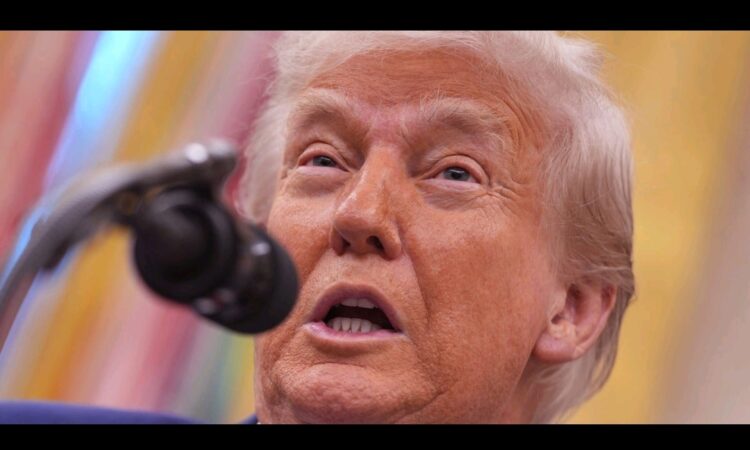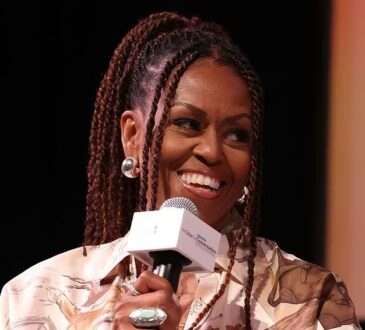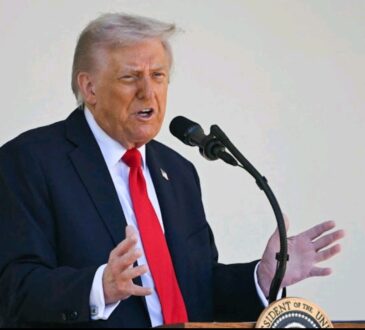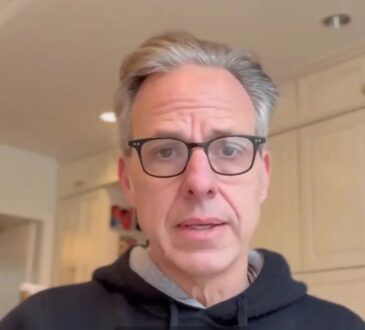
Body language experts say President Trump’s reactions without even speaking—revealed a lot when he was told about the new nickname “TACO,” which stands for “Trump Always Chickens Out.” This term is used by some Wall Street analysts to mock how he often announces harsh tariffs but then backs away from them.
This all happened when a reporter brought up the term during a press briefing. Trump at first misheard her, thinking she said “kick out” instead of “chickens out.” When she repeated the phrase correctly, his facial expression changed. He looked away, and his face showed signs of being upset. According to body language experts, he had a sad look in his eyes and twisted his mouth both signs of discomfort or unhappiness.
Even though Trump tried to defend himself by saying he had imposed a high tariff on the EU, experts say his body language didn’t show much confidence. He lowered his shoulders, tilted his head, squinted his eyes, and looked away while speaking. These are often signs that someone isn’t sure of what they’re saying or is feeling defeated.
Another expert noticed that Trump gave a small, fake-looking smile after hearing the “TACO” comment, possibly trying to hide his anger. She pointed out that he showed more of his bottom teeth than usual, which is often a clue that someone is forcing a smile. Also, his voice changed tone, and he started rambling—a possible sign he was trying to distract from the uncomfortable topic.
One psychologist mentioned that after Trump realized the meaning behind “TACO,” he gave a tiny smile, which might have shown a mix of embarrassment and anger. Then, he shook his head not firmly like saying “no,” but more like a disappointed parent. She said it seemed like the comment really got to him, and he was unsure how to respond.
Another body language expert said Trump did listen closely to the question at first. But when he understood what was actually being said, he gave a quick smirk, as if he found it a little funny. However, he soon looked away from the reporter while answering, which can mean he didn’t want to engage with her or what she said.
When Trump got upset and told the reporter not to say that again, experts say his body did a few different things. First, he stood up straighter and puffed out his chest, which shows he was trying to assert power. But then he seemed to shrink back, looking less confident. At the same time, he pointed at the reporter, which suggests he felt threatened or was trying to be dominant.
One expert noticed that he paused for a long time when saying, “Don’t ever say… what you said.” That hesitation, along with shaking his head and frowning more than usual, showed he was thrown off by the question and struggling to find the right words. Another expert said his eyes got wide when he called the question “nasty,” showing he was very focused and wanted others to pay attention to him too.
As he made that statement, his posture straightened again, which can show confidence. But then he turned his upper body away from the reporter, a sign that he was done with the conversation and didn’t want to engage anymore. Another expert said his angry glare, frowning eyebrows, and wide, snarling mouth made him look like he was baring his teeth something she described as a “lion snarl.” But even with that anger in his voice, there was sadness in his eyes.
Overall, several experts agreed that Trump seemed more rattled than usual during this exchange. One even said she thought he usually has very thick skin and enjoys going back and forth with reporters. But in this case, he looked truly bothered. Whether it was the nickname itself, the idea that his team hadn’t warned him about it, or the way the question made him look, something about it clearly upset him.




